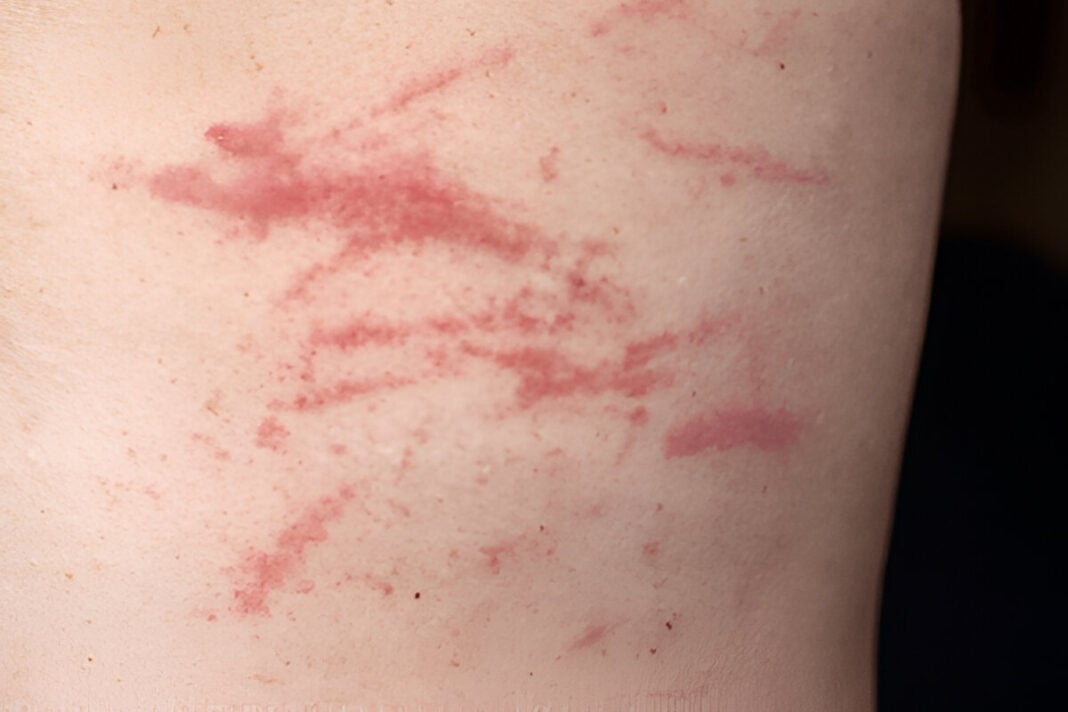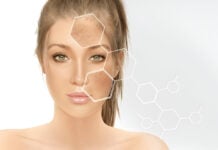In today’s hyperconnected world, the line between digital influence and personal behavior is increasingly blurred. Among the less-discussed consequences of excessive screen time and social media use is the rise of skin picking disorders, medically known as excoriation disorder. While skin picking has long been classified as a body-focused repetitive behavior (BFRB), experts are now drawing connections between social media exposure and the worsening or triggering of these compulsive actions, particularly among vulnerable populations.
What is Excoriation Disorder?
Excoriation disorder is a mental health condition characterized by recurrent, compulsive skin picking that results in tissue damage. It falls under the category of obsessive-compulsive and related disorders in the Diagnostic and Statistical Manual of Mental Disorders, Fifth Edition (DSM-5). Individuals may pick at healthy skin, minor blemishes, or scabs, often leading to infections, scarring, and significant emotional distress (American Psychiatric Association, 2013). The behavior is often unconscious or semi-conscious and may be triggered by stress, anxiety, or sensory stimuli.
The Social Media Connection
Over the past decade, social media platforms like Instagram, TikTok, and YouTube have evolved into spaces where beauty, skincare, and perfection are prominently showcased. This constant exposure to idealized images and skin “transformation” content can heighten users’ awareness of their own skin imperfections.
Research suggests that this visual overload can act as a trigger for BFRBs, particularly among adolescents and young adults (Grant et al., 2020). Influencers often promote “glass skin” or “poreless” aesthetics. This may lead users to hyper-focus on perceived flaws, sometimes resulting in compulsive behaviors like picking or scratching.
The Rise of “Pimple Popping” Content
One particularly concerning trend is the popularity of pimple popping videos and skin extraction clips, which often gain millions of views. While some viewers report a sense of satisfaction or stress relief from watching such videos, others, especially those predisposed to anxiety or compulsive behaviors, may find themselves mimicking these actions on their own skin (Wetterneck et al., 2012).
The normalization, or even glorification, of skin-focused behaviors in these videos can reinforce unhealthy routines. For someone with excoriation disorder, this digital content doesn’t just entertain. It can validate and perpetuate their compulsions.
Mirror Checking and Skin Surveillance
Social media has also fostered a culture of constant self-surveillance. The use of filters, high-resolution selfies, and “before-and-after” skincare posts encourage individuals to scrutinize their skin daily, often with magnifying mirrors or zoomed-in photos. This hypervigilance can exacerbate skin picking tendencies, especially among those with low self-esteem or body dysmorphic disorder (BDD), a condition that is frequently comorbid with excoriation (Phillips & Menard, 2006).
Psychological and Emotional Toll
The effects of skin picking are not just physical. Individuals often suffer from shame, social withdrawal, anxiety, and depression. Paradoxically, the more they pick to “fix” their skin, the more it worsens. This leads to a vicious cycle of emotional distress and compulsion.
In a digital landscape that prizes flawlessness, individuals with visible skin damage may feel compelled to hide from public life, both offline and online, further deepening feelings of isolation.
Navigating Recovery in the Digital Age
Fortunately, social media is not all bad. There is a growing online community dedicated to BFRB awareness and support, including hashtags like #SkinPickingRecovery and #BFRBAwareness. Mental health professionals and skin positivity influencers are also using these platforms to promote realistic skin expectations and therapeutic coping strategies.
Evidence-based treatments such as Cognitive Behavioral Therapy (CBT), particularly Habit Reversal Training (HRT), have proven effective in managing skin picking behaviors (Flessner et al., 2009). Digital tools like CBT-based apps and teletherapy are making these treatments more accessible. They offer hope for those struggling in silence.
While social media has revolutionized how we communicate and perceive beauty, it’s essential to acknowledge its psychological side effects, especially for conditions like excoriation disorder. The link between social media and skin picking disorders serves as a powerful reminder of the need for digital mindfulness, better mental health education, and supportive online spaces that celebrate skin diversity rather than perfection.
If you or someone you know is dealing with compulsive skin picking, consider reaching out to a mental health professional or exploring online support communities. Healing is possible with compassion, awareness, and the right tools.
References:
- American Psychiatric Association. (2013). Diagnostic and statistical manual of mental disorders (5th ed.). Arlington, VA: American Psychiatric Publishing.
- Flessner, C. A., Woods, D. W., Franklin, M. E., Cashin, S. E., & Keuthen, N. J. (2009). The Milwaukee Inventory for the Dimensions of Adult Skin Picking (MIDAS): Initial development and psychometric properties. Journal of Behavior Therapy and Experimental Psychiatry, 40(1), 127-135. https://doi.org/10.1016/j.jbtep.2008.04.002
- Grant, J. E., Chamberlain, S. R., & Odlaug, B. L. (2020). Body-focused repetitive behaviors: More prevalent than once thought? Psychiatric Clinics of North America, 43(4), 595-606. https://doi.org/10.1016/j.psc.2020.08.004
- Phillips, K. A., & Menard, W. (2006). Suicidality in body dysmorphic disorder: A prospective study. American Journal of Psychiatry, 163(7), 1280-1282. https://doi.org/10.1176/ajp.2006.163.7.1280
- Wetterneck, C. T., Woods, D. W., Norberg, M. M., & Begotka, A. M. (2012). The social and psychological impact of body-focused repetitive behaviors. Behaviour Modification, 36(2), 139–161. https://doi.org/10.1177/0145445511430749












